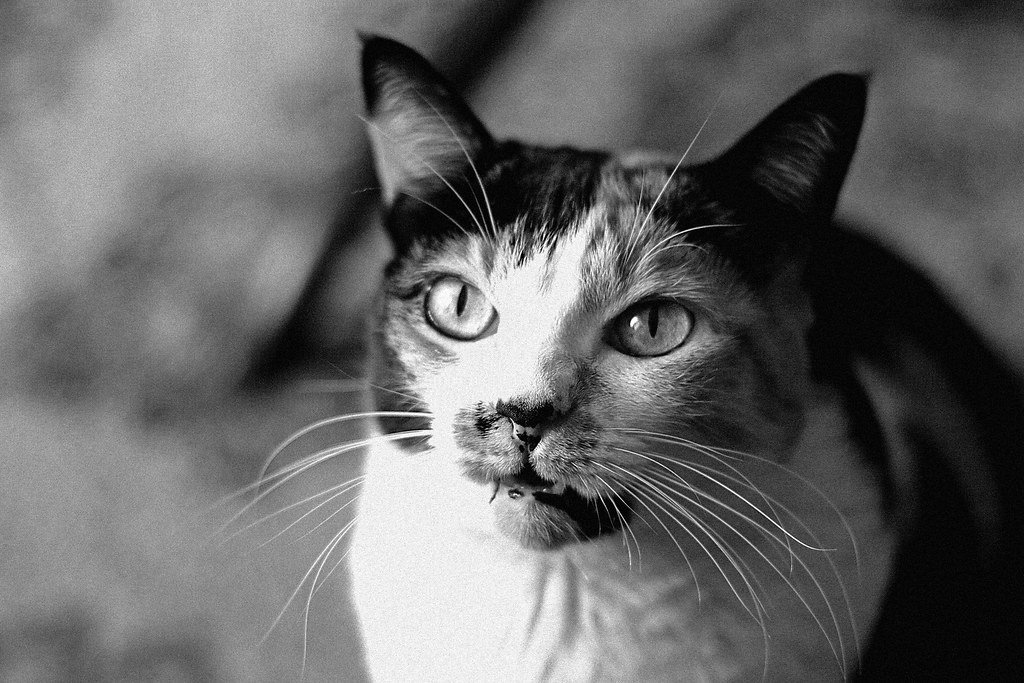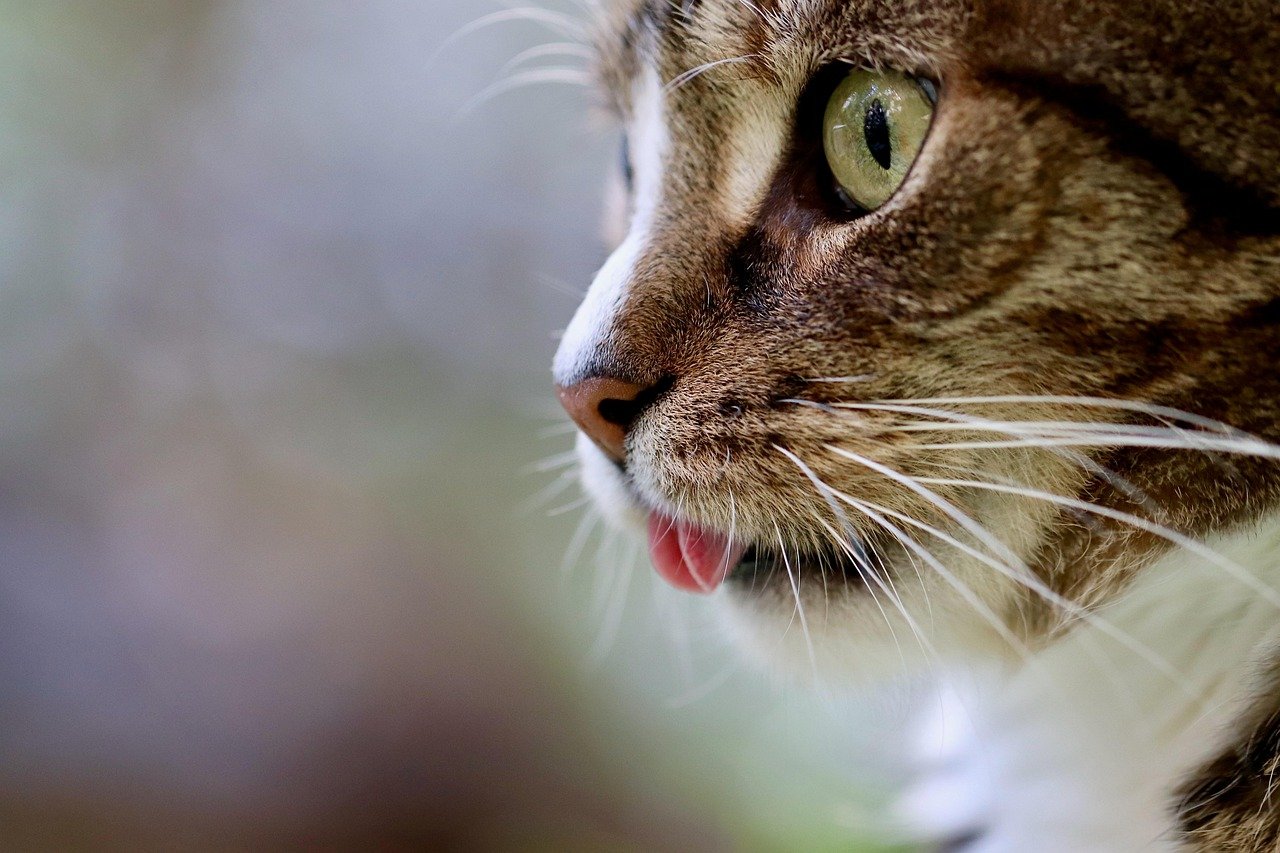Saber-Toothed Smilodon fatalis: The Ultimate Killing Machine or Gentle Giant?

Picture this: a cat with canine teeth longer than your fingers, weighing as much as a small car. That’s Smilodon fatalis, the most famous saber-toothed cat that ruled the Americas during the Pleistocene epoch. But here’s where scientists can’t agree – were those massive fangs actually efficient killing tools, or did they make hunting more difficult than we think?
Some researchers argue that Smilodon was an ambush predator that used its powerful forelimbs to wrestle prey to the ground before delivering a precise throat bite. Others believe those iconic teeth were so fragile they could only be used on soft tissue, making this “ultimate predator” surprisingly vulnerable. Recent studies of tooth wear patterns have only deepened the mystery, showing evidence that could support either theory.
Machairodus giganteus: The Giant That Shouldn’t Have Existed

When paleontologists first discovered Machairodus giganteus fossils in Kenya, they thought they’d made a mistake. This massive saber-toothed cat was so large – potentially weighing over 880 pounds – that it challenged everything we knew about predator-prey relationships in ancient Africa. How could such a enormous cat possibly catch enough food to survive?
The debate rages on about whether this giant was actually a scavenger rather than an active hunter. Some scientists point to its robust build as evidence of powerful hunting capabilities, while others argue that its size would have made it too slow to catch most prey. The mystery deepens when you consider that it lived alongside early human ancestors – imagine encountering this beast on the African savanna!
Proailurus lemanensis: The Missing Link Nobody Can Agree On

Meet the 20-million-year-old cat that’s causing headaches for evolutionary biologists everywhere. Proailurus lemanensis is often called the “first true cat,” but that title comes with a massive asterisk. This European forest dweller looked more like a cross between a cat and a marten, with a long tail and semi-retractable claws that don’t fit neatly into any modern category.
The controversy centers on whether this ancient feline represents the true ancestor of all modern cats or just an evolutionary dead end. Some paleontologists argue that its unique features prove it’s the missing link we’ve been searching for, while others insist it’s too specialized to be anyone’s ancestor. The debate has split the scientific community for decades, with new fossil discoveries only adding more questions to the mix.
Homotherium serum: The Scimitar Cat That Defied Logic

Unlike its more famous saber-toothed cousins, Homotherium had shorter, serrated teeth that earned it the nickname “scimitar cat.” But what really sets this predator apart is its bizarre body plan – long front legs, short back legs, and a sloping back that made it look like a hyena wearing a cat costume. This unusual anatomy has sparked fierce debates about how it actually moved and hunted.
Some researchers believe Homotherium was built for endurance running, capable of chasing down prey across vast distances like a prehistoric marathon runner. Others argue that its strange proportions made it a specialized bone-crusher, similar to modern hyenas. The discovery of Homotherium remains alongside mammoth bones in the Arctic has only added fuel to the fire – what was this warm-climate predator doing in the frozen north?
Barbourofelis fricki: The Cat That Wasn’t Really a Cat

Here’s where things get really confusing. Barbourofelis fricki looked like a saber-toothed cat, hunted like a saber-toothed cat, and lived alongside other saber-toothed cats. There’s just one problem – it wasn’t actually a cat at all. This 15-million-year-old predator belongs to a completely different family called nimravids, but the resemblance to true cats is so striking that it fooled scientists for decades.
The ongoing debate centers on whether this remarkable similarity is evidence of convergent evolution – different animals developing similar features to solve the same problems – or whether we’re still missing crucial pieces of the evolutionary puzzle. Some paleontologists argue that the differences between Barbourofelis and true cats are so subtle that our classification system needs a complete overhaul.
Xenosmilus hodsonae: The Cookie-Cutter Killer

Discovered in Florida in the 1990s, Xenosmilus hodsonae earned its fearsome nickname from its unique hunting style. Unlike other saber-toothed cats that relied on precision strikes, this predator had serrated teeth designed to slice through flesh like a biological cookie cutter. The controversy? Scientists can’t agree on whether this represents an evolutionary breakthrough or a desperate adaptation to changing conditions.
Some researchers argue that Xenosmilus developed its cookie-cutter technique to efficiently process tough-skinned prey like armadillos and giant ground sloths. Others believe it was a last-ditch effort by a dying lineage to compete with more successful predators. The limited fossil evidence means we may never know for sure, but the debate continues to divide the paleontological community.
Dinofelis piveteaui: The False Saber-Tooth

Dinofelis piveteaui occupies a frustrating middle ground in the saber-toothed cat family tree. Its canine teeth were longer than those of modern big cats but shorter than the dramatic fangs of Smilodon, leading to heated debates about its classification. Was it a true saber-toothed cat, or something else entirely?
The controversy intensified when researchers discovered that Dinofelis lived alongside early human ancestors in Africa, with some fossils showing evidence of interactions between the two species. Some scientists argue that this “false saber-tooth” was actually more successful than its more famous cousins, surviving longer and adapting to diverse habitats. Others maintain that its intermediate features prove it was an evolutionary dead end that got caught between two successful strategies.
Megantereon whitei: The Dirk-Toothed Debate

Megantereon whitei has sparked one of the most contentious debates in paleontology – not about what it was, but about how it used its distinctive “dirk-like” teeth. These shorter, broader sabers were perfectly designed for… well, that’s where the arguments begin. Some scientists believe they were precision instruments for severing arteries, while others argue they were bone-crushing tools.
The plot thickens when you consider that Megantereon was found across three continents, from Europe to Asia to Africa. How did this relatively small saber-toothed cat manage to spread so far while its larger cousins remained geographically limited? The answer might lie in its controversial hunting technique, but without more evidence, the debate shows no signs of slowing down.
Paramachairodus orientalis: The Asian Enigma

When paleontologists discovered Paramachairodus orientalis in Asia, they thought they’d found a straightforward ancestor to later saber-toothed cats. Then the complications began. This 15-million-year-old predator had features that didn’t match any known evolutionary pathway, leading to fierce debates about its place in the cat family tree.
Some researchers argue that Paramachairodus represents an early experiment in saber-tooth evolution that was later abandoned, while others believe it’s evidence of a separate Asian lineage that developed independently. The controversy has implications far beyond this single species – it could reshape our understanding of how and where saber-toothed cats first evolved.
Ischyrosmilus johnstoni: The Lightweight Champion

Ischyrosmilus johnstoni was the bantamweight boxer of the saber-toothed cat world – small, agile, and surprisingly successful. But its diminutive size has created a major puzzle for paleontologists. How could a cat weighing less than 60 pounds compete with massive predators like Smilodon and survive for millions of years?
The debate centers on whether Ischyrosmilus was a specialized hunter that targeted specific prey, or whether it was simply more adaptable than its larger cousins. Some scientists point to its lightweight build as evidence of advanced hunting techniques, while others argue that it was forced into a niche role by competition from bigger cats. The controversy highlights how little we still understand about the complex ecosystem dynamics of prehistoric North America.
Rhizosmilodon fiteae: The Newly Discovered Troublemaker

Rhizosmilodon fiteae is the newest addition to the saber-toothed cat family, discovered in 2022 in Oregon. But this relatively recent find has already created major headaches for paleontologists trying to understand saber-tooth evolution. Its unique combination of features doesn’t fit neatly into any existing classification scheme.
The controversy surrounding Rhizosmilodon centers on whether it represents a transitional form between early cats and true saber-tooths, or whether it’s evidence of a completely unknown evolutionary branch. Some scientists argue that its discovery proves we’re still missing major pieces of the saber-toothed cat puzzle, while others believe it’s simply an unusual variant of a known species. With only limited fossil material available, the debate is likely to continue for years to come.
Thylacosmilus atrox: The Marsupial Pretender

Here’s the ultimate case of mistaken identity in paleontology. Thylacosmilus atrox looked so much like a saber-toothed cat that it was initially classified as one, despite being a marsupial from South America. This case of convergent evolution is so extreme that it’s rewriting textbooks about how similar environmental pressures can shape unrelated animals.
The ongoing debate focuses on whether Thylacosmilus developed its cat-like features independently or whether there was some unknown connection between South American marsupials and saber-toothed cats. Some researchers argue that the similarities are too precise to be coincidental, while others maintain that convergent evolution can produce remarkably similar solutions to the same problems. The controversy has implications for our understanding of evolution itself – just how predictable are the paths that life takes?
The Endless Feline Mystery

These twelve ancient cats represent just the tip of the iceberg when it comes to paleontological mysteries. Each new fossil discovery seems to raise more questions than it answers, keeping scientists busy with debates that may never be fully resolved. The controversies surrounding these prehistoric predators remind us that science is an ongoing conversation, not a collection of final answers.
What makes these debates so fascinating is that they’re not just academic exercises – they’re attempts to understand how life on Earth has evolved and adapted over millions of years. Every argument about tooth shape or hunting strategy adds another piece to the puzzle of our planet’s biological history.
The next time you watch your house cat stalk a toy mouse, remember that you’re seeing the end result of millions of years of feline evolution. Somewhere in that playful pounce lies the genetic memory of these ancient predators, still arguing their case through the actions of their descendants. Which of these prehistoric cats would you most want to see in action?
Hi, I’m Bola, a passionate writer and creative strategist with a knack for crafting compelling content that educates, inspires, and connects. Over the years, I’ve honed my skills across various writing fields, including content creation, copywriting, online course development, and video scriptwriting.
When I’m not at my desk, you’ll find me exploring new ideas, reading books, or brainstorming creative ways to solve challenges. I believe that words have the power to transform, and I’m here to help you leverage that power for success.
Thanks for stopping by, Keep coming to this website to checkout new articles form me. You’d always love it!






